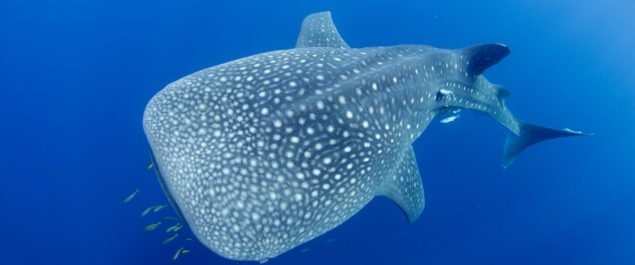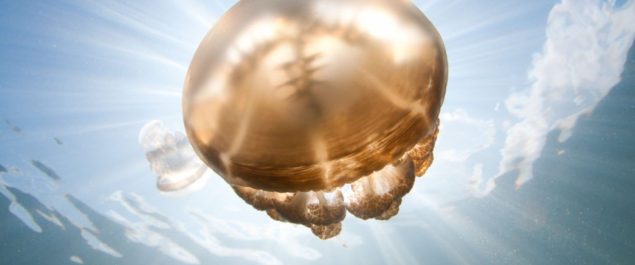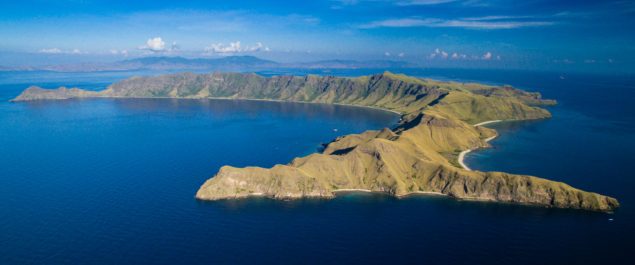Bali Diving
A quick guide to understand what Bali Diving is all about! Many visitors to the island only stop in Bali on their way to Raja Ampat, Komodo National Park or elsewhere in Indonesia. Bali suffers a little as a stand alone diving destination of it’s own due to the popularity of it’s famous neighbors. In this article, we discuss exactly the type of diving that we do in Bali!
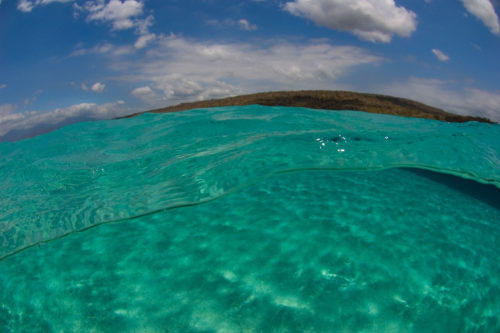
Bali is home to world class diving throughout the island. There are few diving destinations in Indonesia that offer the same variety of encounters that Bali does. From pristine coral reefs, to black sand macro sites, Bali diving has a little something for everyone. At the Underwater Tribe we offer “private dive trips” to all of our guests. To experience Bali diving at it’s best, a private diving experience is the way to maximize your time underwater. Our team of guides are expert critter spotters and offer very professional service.
The Big Stuff
One thing that sets Bali apart from many other destinations in South East Asia is the chance to dive with the “big stuff!” Manta rays are found in the waters around Nusa Penida all year round. Diving with these majestic rays is always a treat and can be done as a day trip from Sanur and Padang Bai or while staying in the islands. The mantas are not seasonal visitors but it can be difficult to reach Manta Point during high seas.
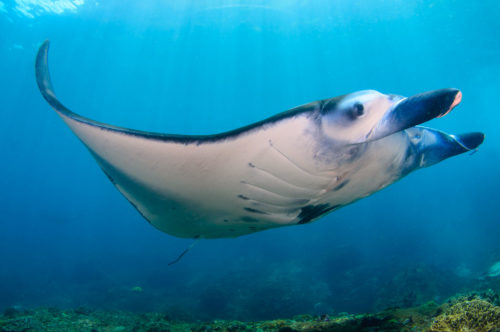
The bizarre looking Sunfish, or Mola alexandrini, is a seasonal visitor to Bali with sightings peaking in the months of August and September. These largest of bony fish are found around the island of Nusa Penida on shallow reefs where small fish pick parasites off their body. Sunfish are high on the bucket list of many divers and the peak season for spotting them happens to coincide with the peak season for diving in Bali. These strange fish frequent visitors to the waters around Candidasa at sights such as Gili Mimpang and Tepekong. Read more about the Sunfish here: Podcast with Bali Sunfish Researchers
The best thing about diving with Mantas and Sunfish is that they are often done on the same day. If divers are lucky, they can even spot them both on the same dive at Manta Point!
Although not consistent, whale sharks are a frequent sight in Bali waters with reports of encounters usually happening each month.
The Macro
No discussion of diving in Bali would be complete without mention of the truly world class critter diving. Being in the heart of the Coral Triangle, Bali is home to almost every species on a serious macro lovers list. From harlequin shrimp to frogfish, from rhinopias to bizarre nudibranchs, from wonderpus to blue ring octopus, all the critters that photographers love are here. Although Tulamben is known world wide as a top destination, there are many critter hotspots in Bali.
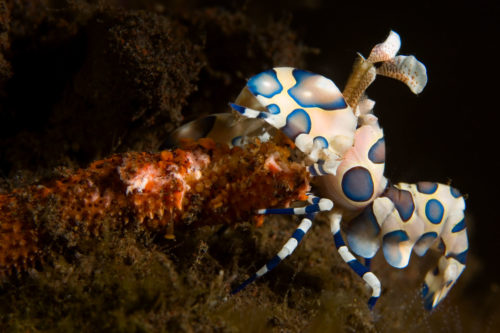
Tulamben
Found in the north east of the island, Tulamben is a small town which is home to unique black sand diving. Sites such as Liberty Slope, Coral Garden, and the USAT Liberty Wreck are all great sites to find subjects such as wonderpus, leaf fish, and ghost pipefish.
Seraya
Only 5 minutes by car from Tulamben, the Seraya area boasts more than a half dozen pure critter dives. Melasti, Seraya Secrets, and Batu Niti are a few of the sites in this area which boast great encounters. Long arm octopus, boxer crabs, pygmy seahorses, and 100s of species of nudibranchs are common encounters. These sites are easy dives with black sand or rubble/gravel slopes along with small oases of coral reef.
Amed
Known to many as a relaxed beach side town, Amed is a 20 minute drive to the SE from Tulamben. Although many divers come here to experience the coral and artificial reef diving, the macro is also fantastic. Sites such as Ghost Bay and Melasti offer encounters with stone fish, mimic octopus, frogfish, and even blue ring octopus.
Puri Jati/Lovina
The north coast of Bali boasts more of the black sand sites that make the Tulamben area famous. Sites such as Puri Jati along the coast near Lovina are rich in critters such as sea horses, octopus, Shaun the Sheep nudibranchs, and sea moths. Often visited during the transit between Tulamben and Menjangan, serious critter divers can spend more time here with a short drive from Pemuteran.
Secret Bay
Nestled in the far NW of the island, Secret Bay is a small site with a rich history. Around 40 mins drive from Pemuteran, this site offers shallow and easy muck diving. Frogfish are common here as are seahorses. This is also the only place in Bali to find the Banggai Cardinal fish, these non native but beautiful fish are an introduced species.
Padang Bai
Located only one hour from Sanur, Padang Bai is a hidden gem when it comes to muck diving. The local reefs in the bay offer great encounters with nudibranchs and cuttlefish as well as the occasional rhinopias sighting. The real highlight of the area is diving under the cruise ship jetty. The Padang Bai Jetty is home to eels, octopus, frogfish, and other gems hiding under the pier.
The Reefs
Bali is also home to incredible and diverse tropical coral reefs. With approximately 400 species of coral found in the area, there are several areas throughout the island with beautiful corals. For visitors who enjoy coral reefs as well as snorkelers, some of the best coral sites are as follows.
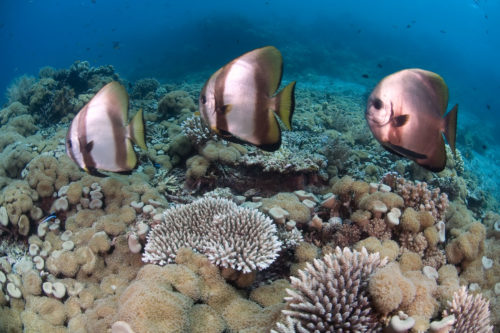
Nusa Penida/Nusa Lembongan
Although busy during the bustling high season of June – September, the reefs around these islands are home to some of the best coral in Bali. The protected west and northern sides of the islands offer sloping reefs with coral that grows up the shallows. Sites such as S.D and Toyapakah are home to incredible coral gardens covered in schools of small tropical fish.
Menjangan Island
The West Bali National Park includes the island of Menjangan and other surrounding waters. This quiet island has stunning drop offs as well as more gentle slopes and coral gardens. The diving here is easy with beautiful underwater encounters typical of “tropical diving”.
Candidasa
The dive sites around Candidasa such as Gili Biaha and Tepekong are home to beautiful and varied coral life. Large schools of fish hang out on these sites due to rich plankton life. These sites have a good chance of currents, but these currents are what creates the life.
The Wrecks
No discussion about diving in Bali would be complete without mention of the USAT Liberty Wreck. However, there are other, smaller wrecks in Bali that also deserve attention. There is talk on the island of a new naval wreck being planned for the future.
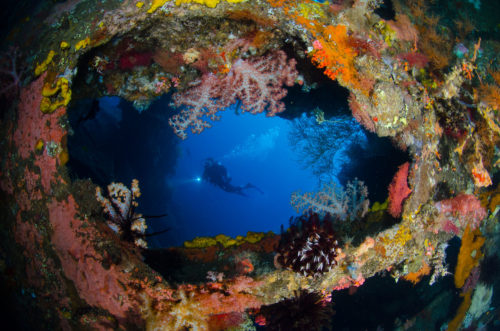
USAT Liberty
The dive site that made Tulamben famous. This cargo ship was part of a convoy of American ships during WWII that was attacked by a Japanese submarine in 1942. The ship was towed to the beach in Tulamben and sat there from 1942 until 1963, when it was submerged by earthquakes associated with the Mt Agung volcanic eruption in 1963. It’s now a beautiful artificial reef located in recreational diving depths and covered in coral. This site is certainly a must do for anyone diving in Bali.
Kubu Wreck
The Kubu wreck is a steel hull ship that became an artificial reef in 2012. It’s a Dutch cargo ship of approximately 40 metres in length. The ship lies perpendicular to shore with the bow in around 18 metres and the stern lying deeper than 40m. There are cool swim throughs and penetrations available on this wreck for those with the know how.
The Japanese Wreck
The Japanese wreck is located in the southern reaches of Amed and is a site open for divers and snorkelers. The top of this small wreck is very shallow and the bottom is around 10 metres. There are plenty of beautiful sea fans on the wreck as well as a large school of sweepers in the hull. The wreck is a mysterious one, althoug the name is “the Japanese wreck” many believe it’s of Indonesian origin. The dive site itself is only partially about the wreck, due to it’s small size. However, the reef to either side of the wreck is stunning with beautiful soft and hard corals.
All in all, Bali diving holds attractions for divers of every level. Underwater photographers, tech divers, students, and marine life lovers will find a plethora of amazing attractions in Bali’s waters. An experienced guide with a great eye for details such as the correct current and time of day to dive a certain site is crucial. The Underwater Tribe is happy to have experienced guides on our team who know the best time to dive the best sites.
Experience Bali Diving with the Underwater Tribe
Now that you know a little about what each area has to offer, feel free to drop us a line. We are happy to discuss the best areas for you based on your diving goals in Bali! Have a look at our Bali Diving Safari page to see a sampling of the itineraries that we offer. Don’t see an itinerary that works for you? Don’t worry, we are happy to work with you to create the perfect itinerary for your diving needs on Bali.
